LISTEN UP
This is important. In fact, we want you to understand what genetically modified organisms (GMOs) are, and how they impact YOUR food.
NOTE: We’ll let you decide if these foods are “okay” for you or not. Until then, here’s why you should GIVE A DAMN…
If you’ve been keeping up with the news or even random Facebook posts, you may be familiar with blurbs all about GMO foods and Monsanto. And if you’re like us (super busy) and can barely keep up with what’s happening in our own hood, then understanding HUGE, lengthy, political battles can seem a bit overwhelming. We get it.
UNDERSTAND YOUR FOOD
Today we’re taking a break from writing recipes and shooting beautiful food photos to answer this very important question: “What are GMOs? And does it really matter?”
We won’t cover everything, but these “10 things you need to know about GMOs and your health” should give you a foundation for diving even further. Enjoy!
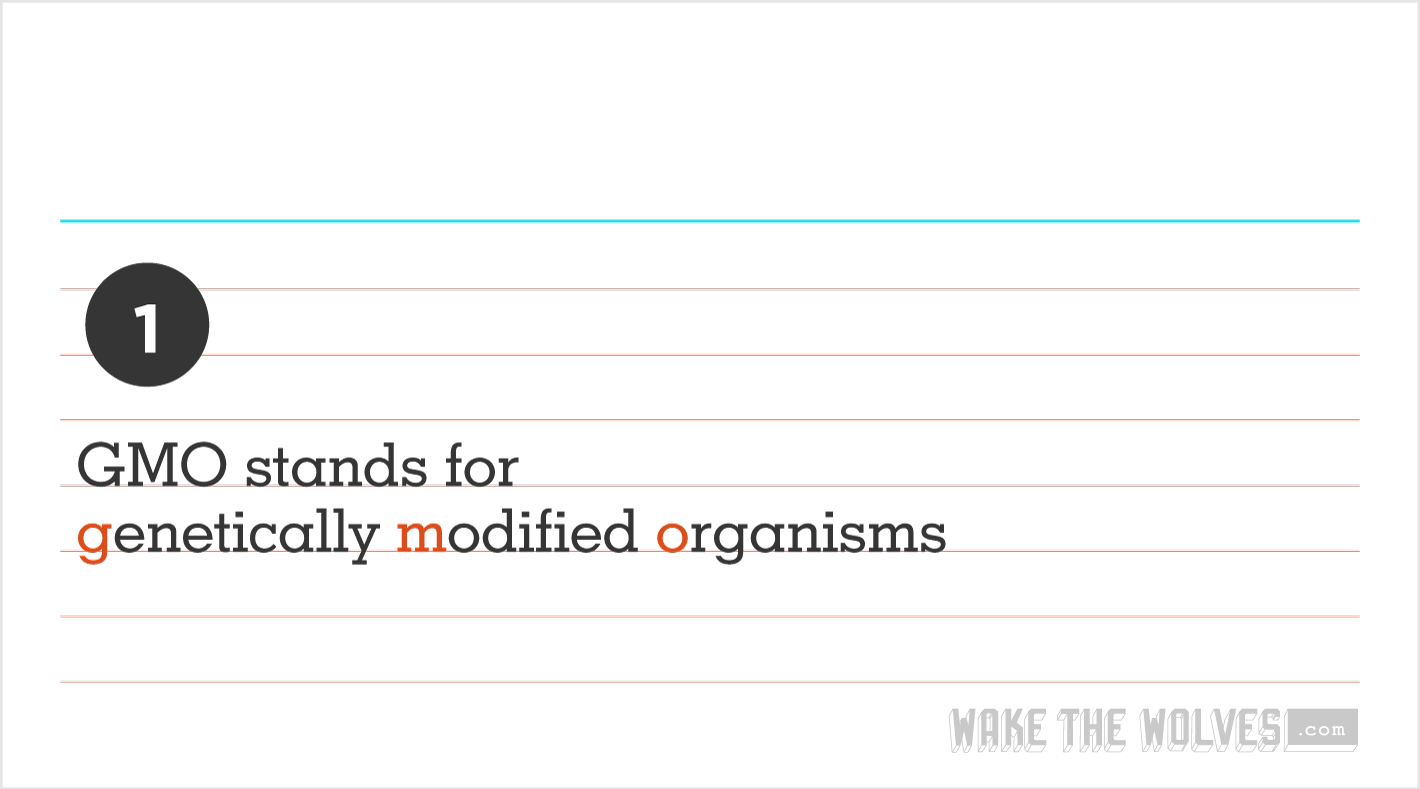
What does GMO stand for?
GMO stands for genetically modified organisms. These organisms can be food that we eat or even cotton that we wear on our backs.
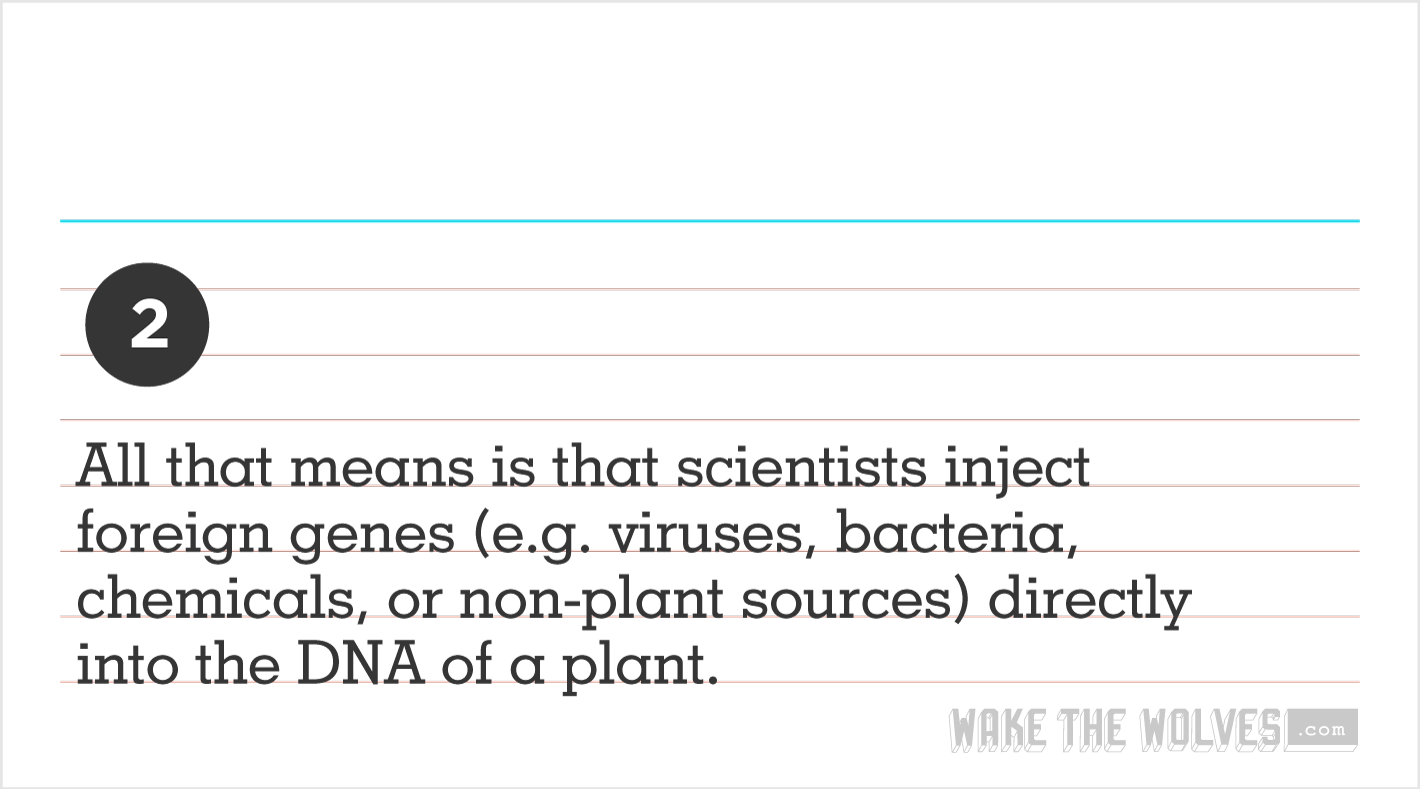
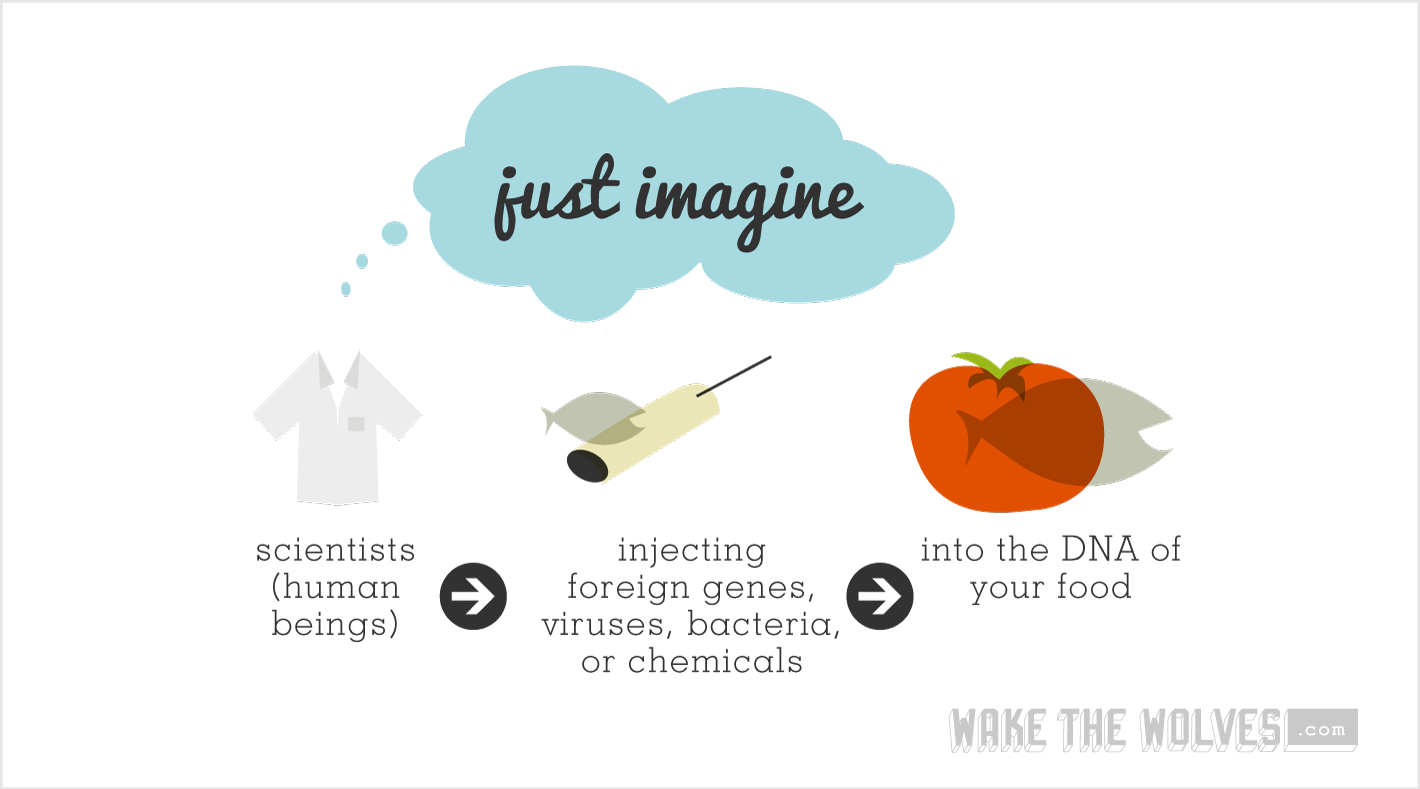
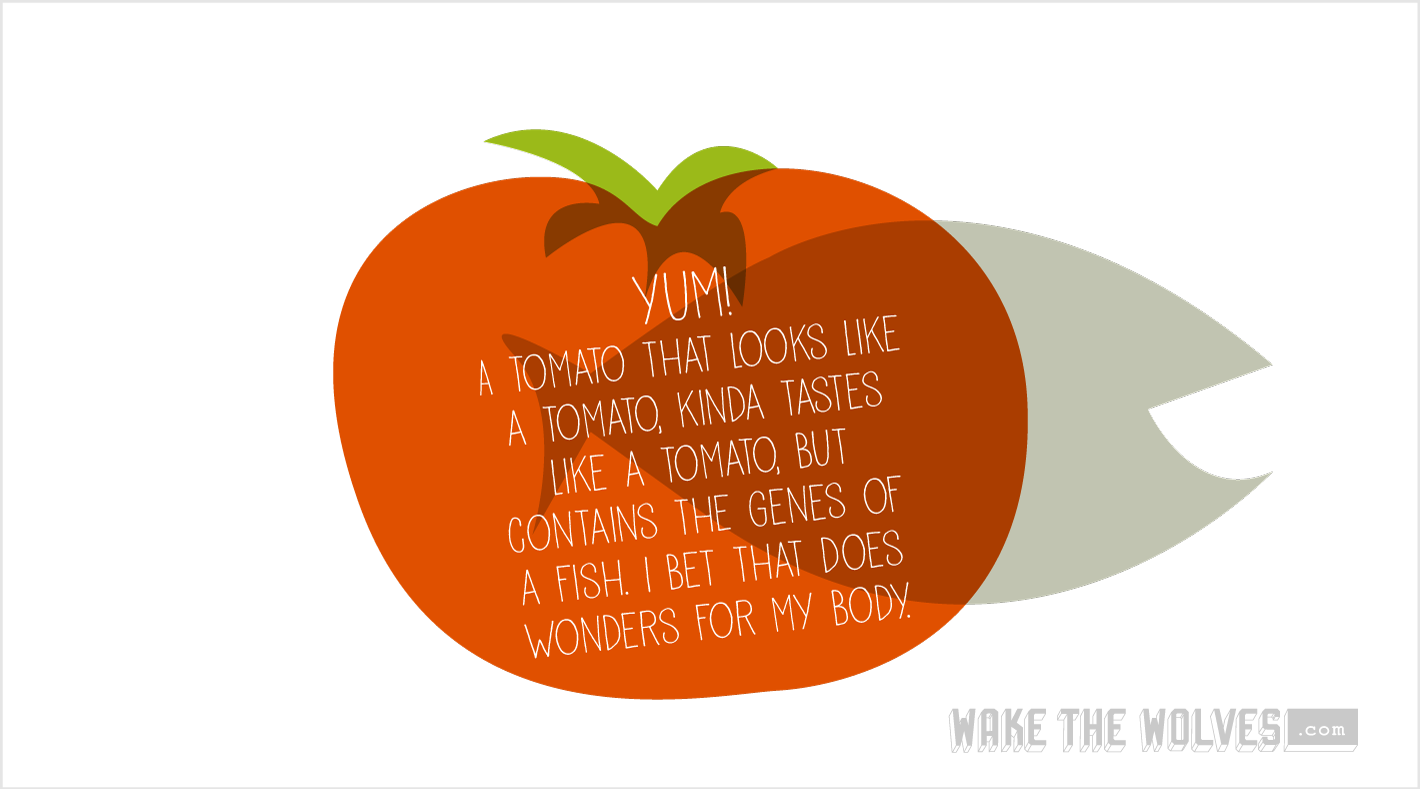
But what does that mean? Genetically modified organisms?
Imagine a science lab with people wearing white coats and goggles. These scientists inject foreign genes from viruses, bacteria, chemicals, or non-plant sources directly into the DNA of a plant. One popular example is when scientists took flounder fish genes and injected them into the DNA of tomato seeds in order to create a tomato plant that can withstand cold, winter nights. The flounder fish genes were chosen because the species can tolerate freezing temperatures. (Freaky, right?)
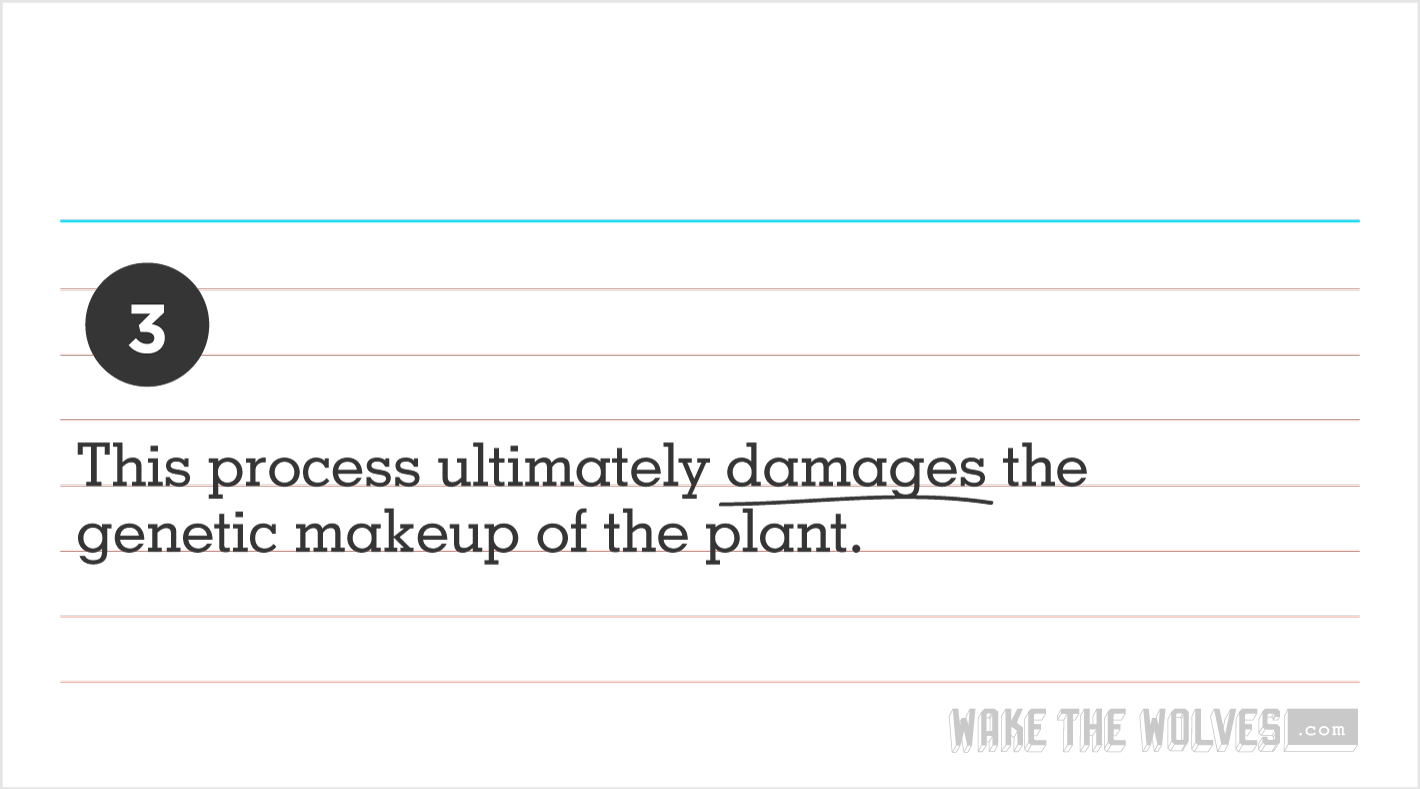
Are GMO’s safe?
This process of taking genes and injecting them into the DNA of plants is NOT the same as cross-breeding plants to make a new variation of a crop (e.g. – pluots, a blend of plums and apricots). The process of genetically modifying organisms actually damages the genetic makeup of the plant. The outcome of how these genes reattach are unpredictable.
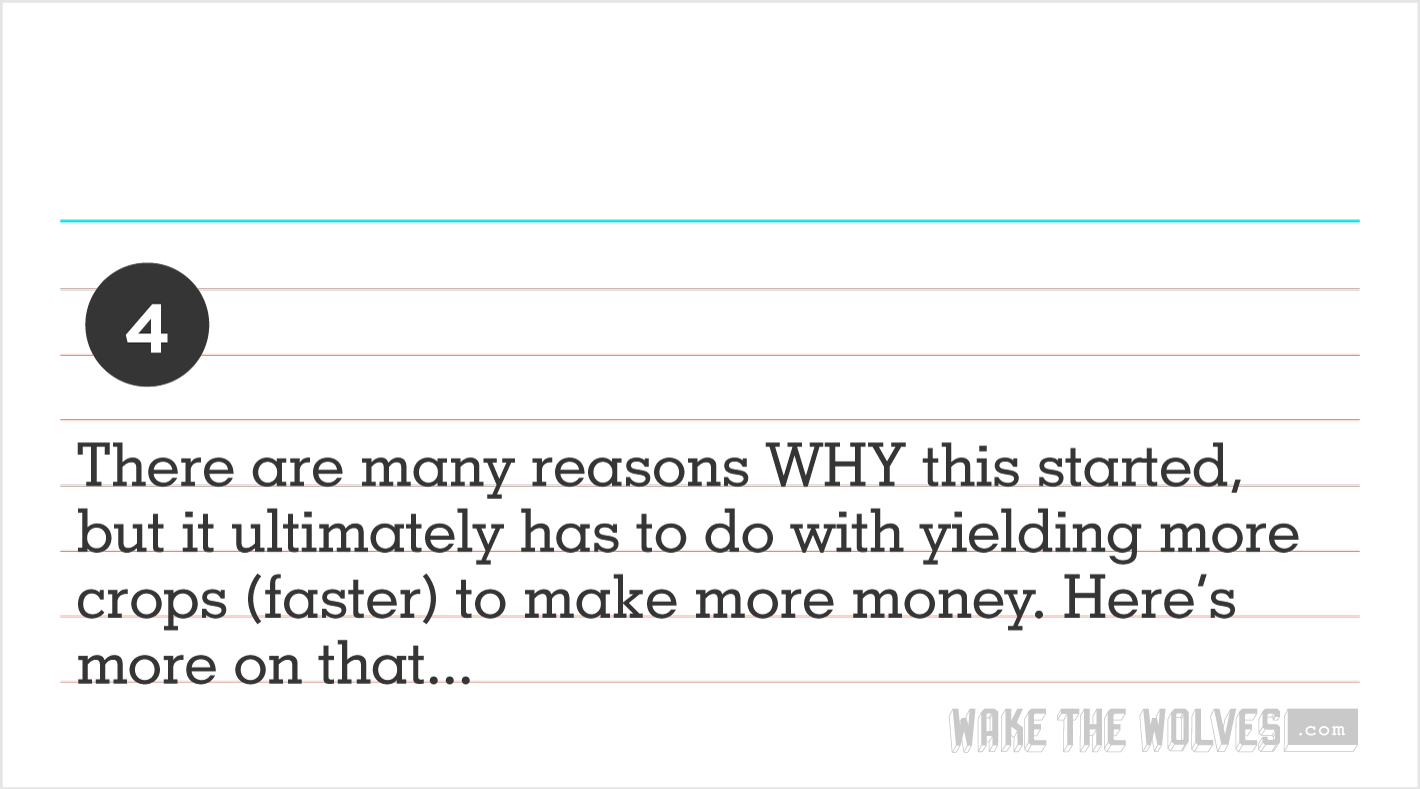
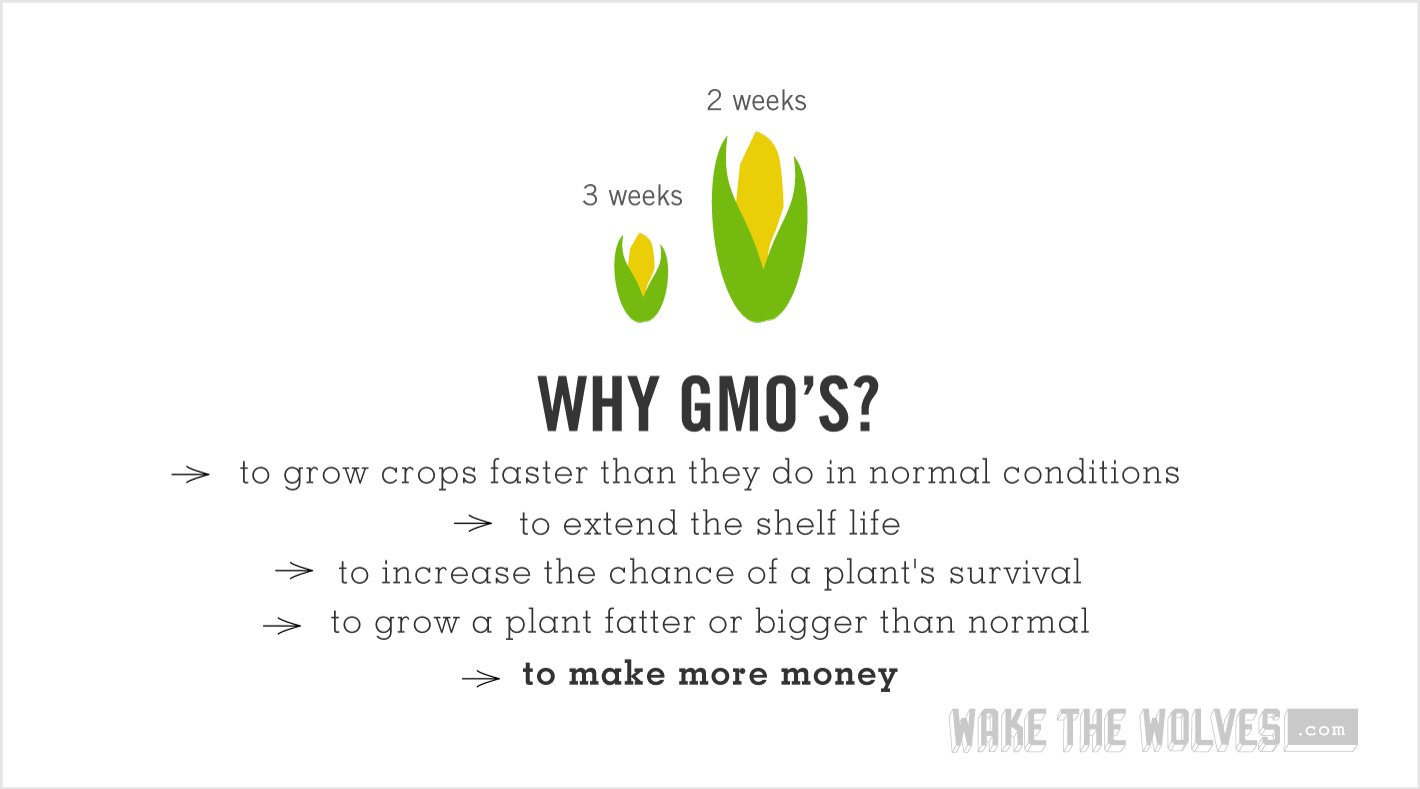
Why do GMO’s exist?
There are many reasons WHY this started, but here are a few to remember: 1) to grow crops faster than they do in normal conditions; 2) to extend shelf life; 3) to increase the chance of a plant’s survival due to weather conditions or insects; 4) to grow a plant fatter or bigger than normal; and 5) bottom line – yield more to make more money.
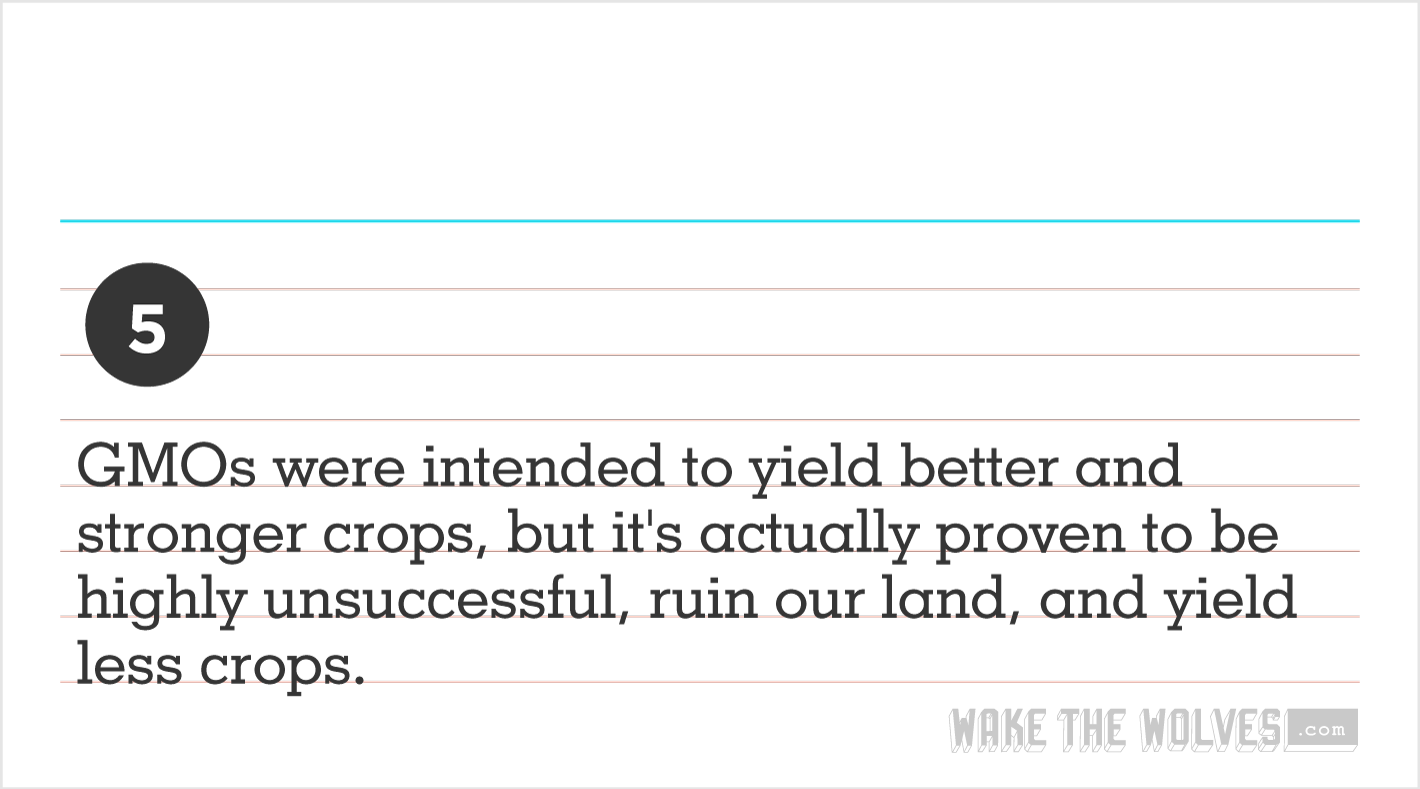
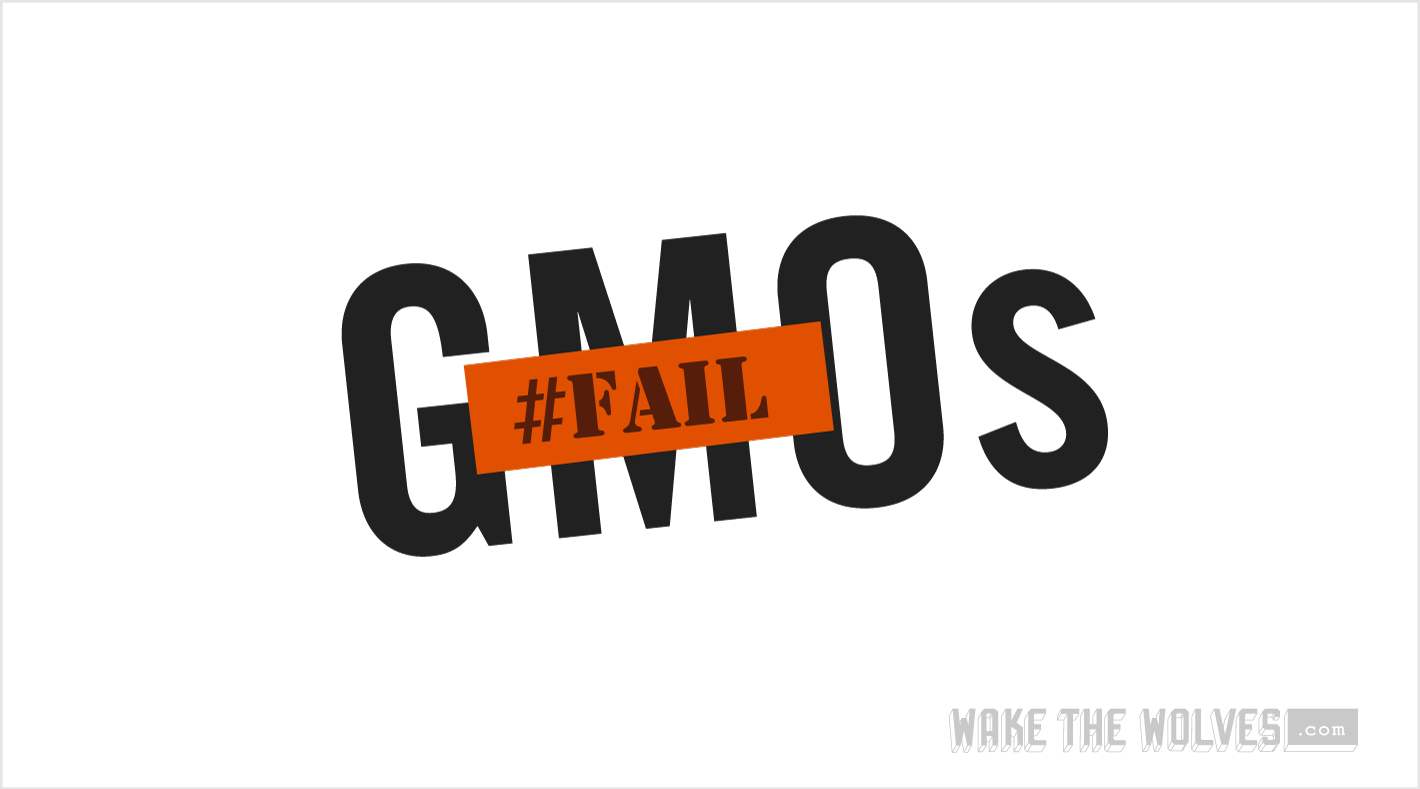
Do GMO’s solve world hunger?
Actually no. GMOs were intended to yield better and stronger crops, but it’s actually proven to be highly unsuccessful, ruin our land, and yield less crops. Here’s a powerful woman, Vandana Shiva, talking about GMOs and how it has impacted the world.
What else is wrong with GMO’s?
GMO foods do the complete opposite of what we want food to do for us and our environment. GMO foods have been shown to be less nutritious, increase food allergies (like gluten, dairy, and nuts), cause a collapse in pollinating honey bees, increase our risk for cancer and other diseases, and the pesticides used to control GMO crops damage our soil! Although many will argue that this all has not been proven. (Ultimately, YOU can decide whether or not you think these foods are “safe” to serve you and your “honey(s)”.)
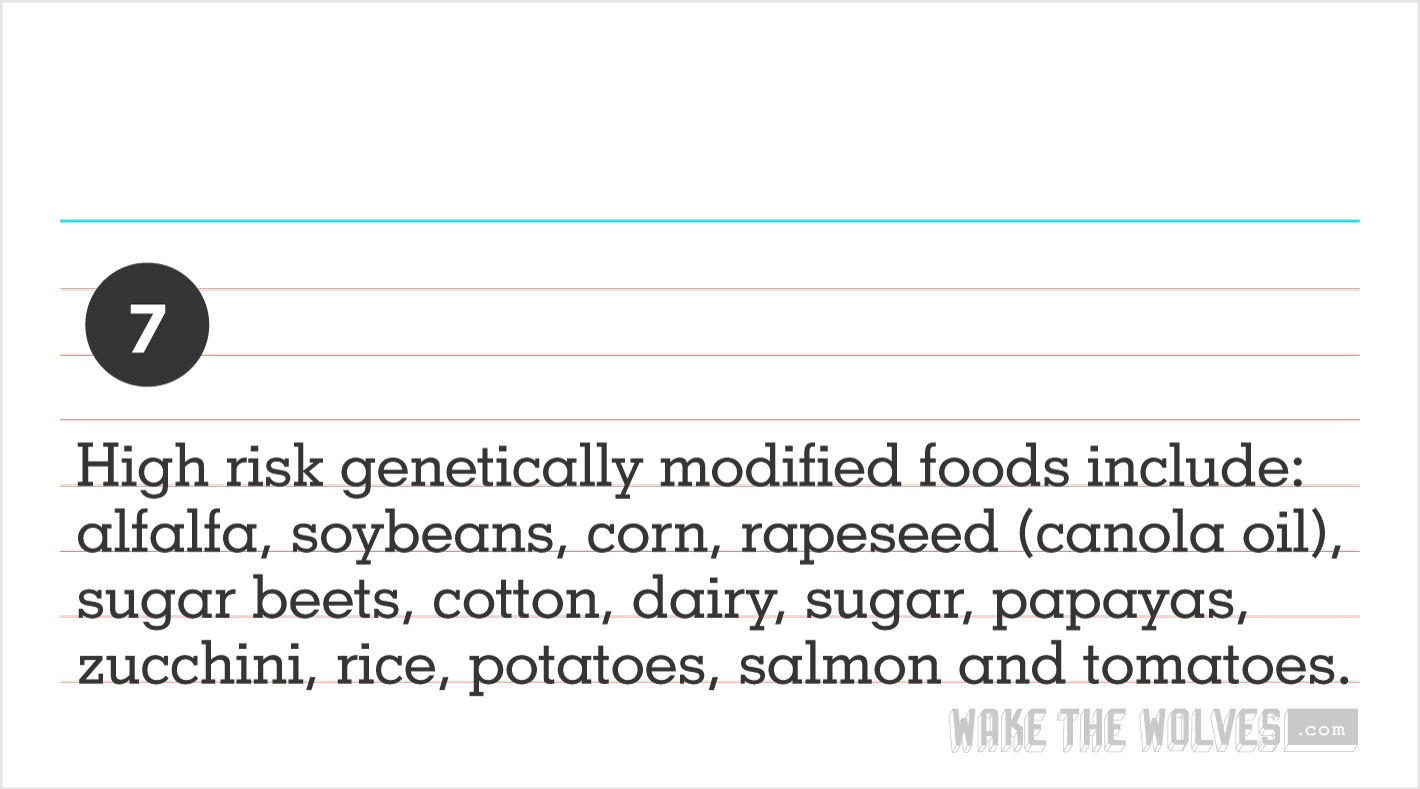
What are the most genetically modified organisms to be aware of?
There are many foods to pay attention to, but high risk genetically modified foods include:
- alfalfa
- soybeans
- corn
- rapeseed (canola oil)
- sugar beets
- cotton
- dairy
- sugar
- papayas
- zucchini
- rice
- potatoes
- salmon
- tomatoes
OH AND..watch out for baked goodies (cookies, cake, pies, etc.) on your next trip to the store. Similar to processed foods, baked goods contain many high risk GMO foods – like dairy, oils, flour, and sugar.
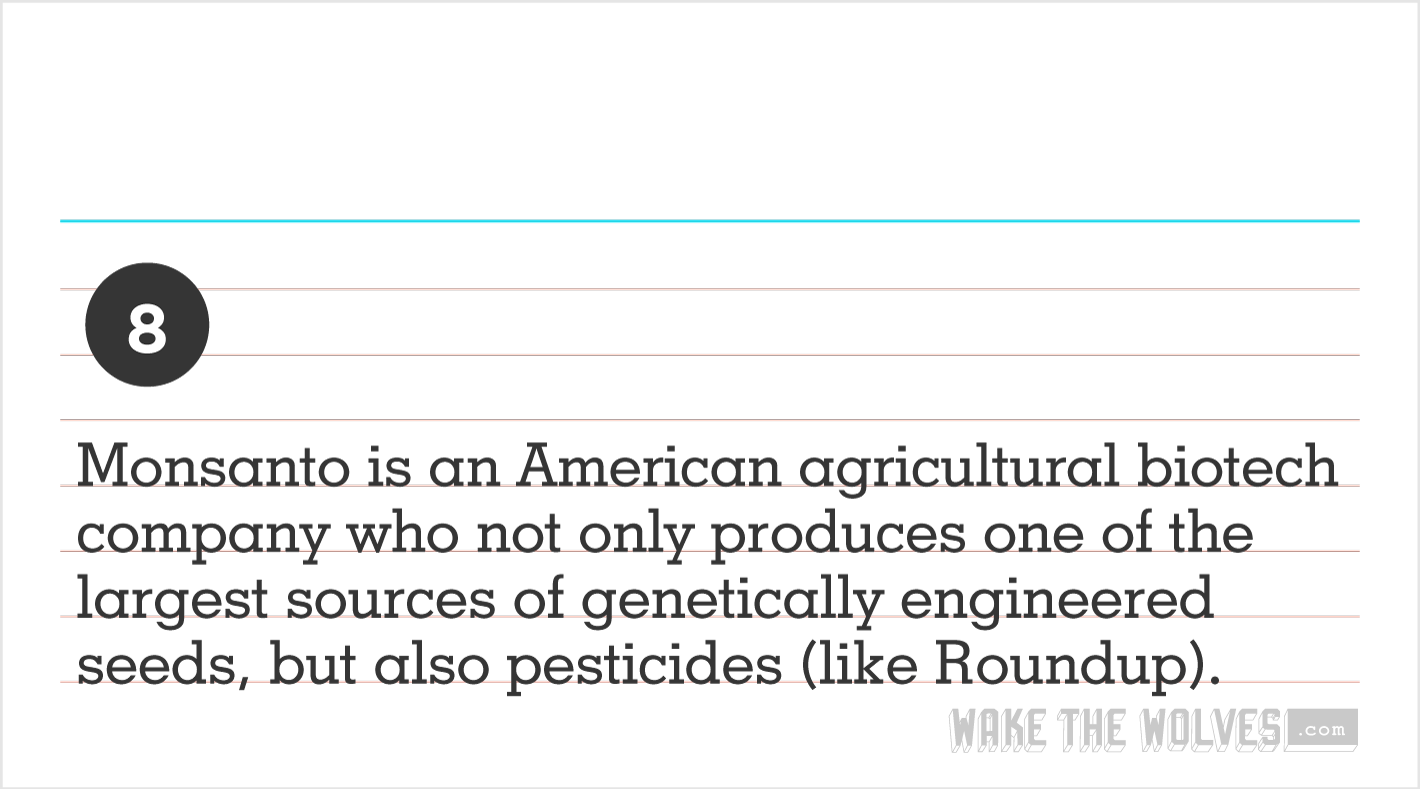
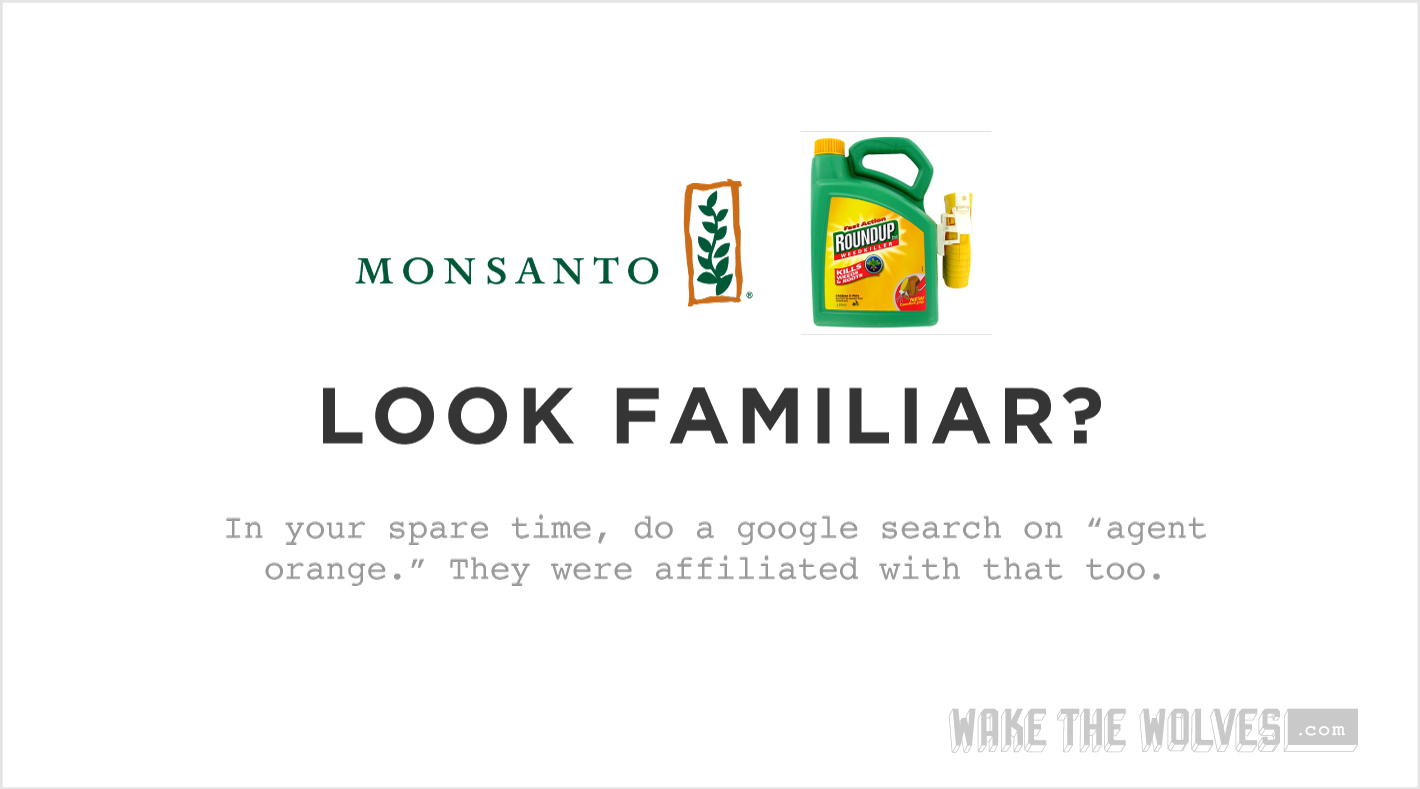
I’ve heard about Monsanto. Who is that?
Monsanto is a company, not a person. It’s an American agricultural biotech company who is involved in multinational affairs and not only produces one of the largest sources of genetically engineered seeds, but also pesticides (like Roundup) that work hand-in-hand with the modified organisms. Monsanto has close ties to major government agencies including the FDA, USDA, and EPA.
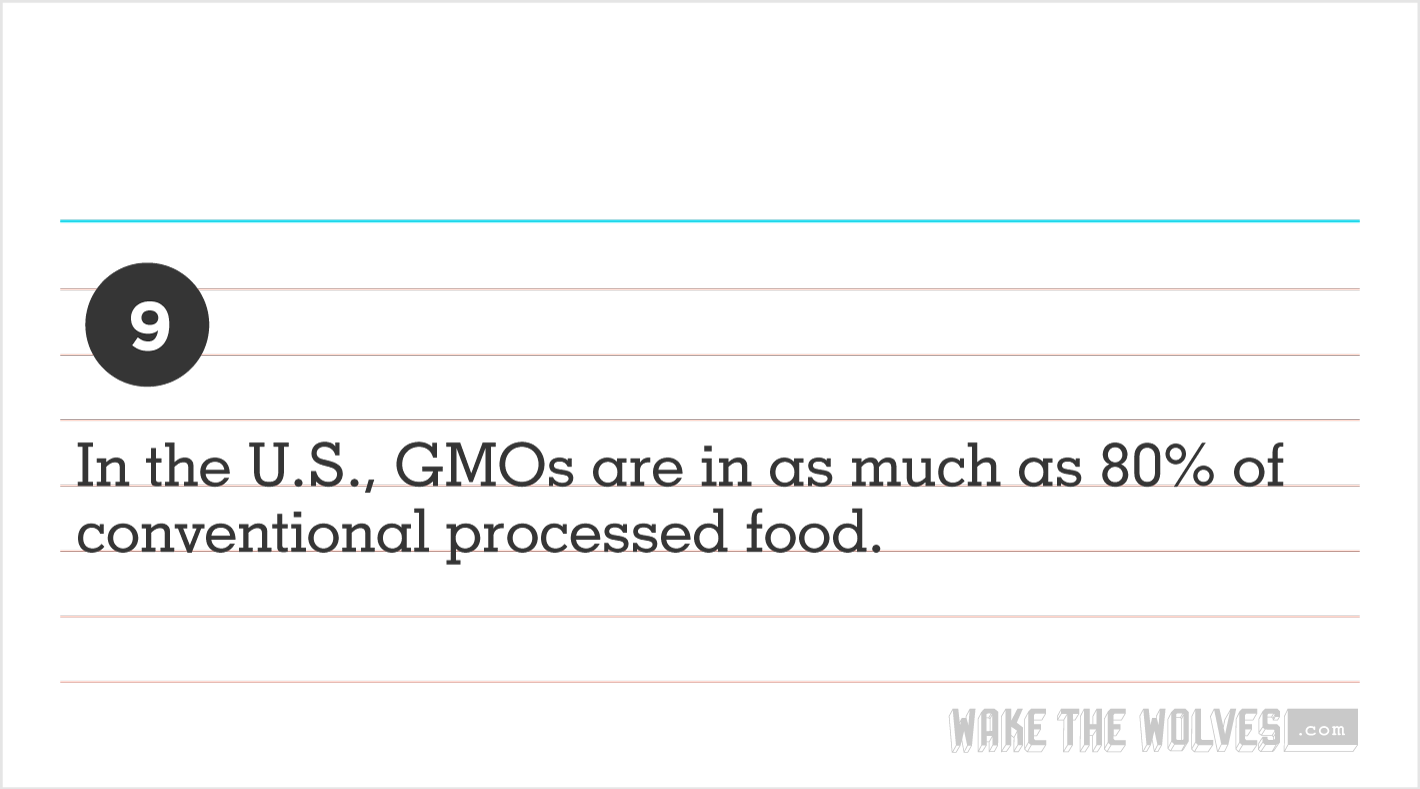
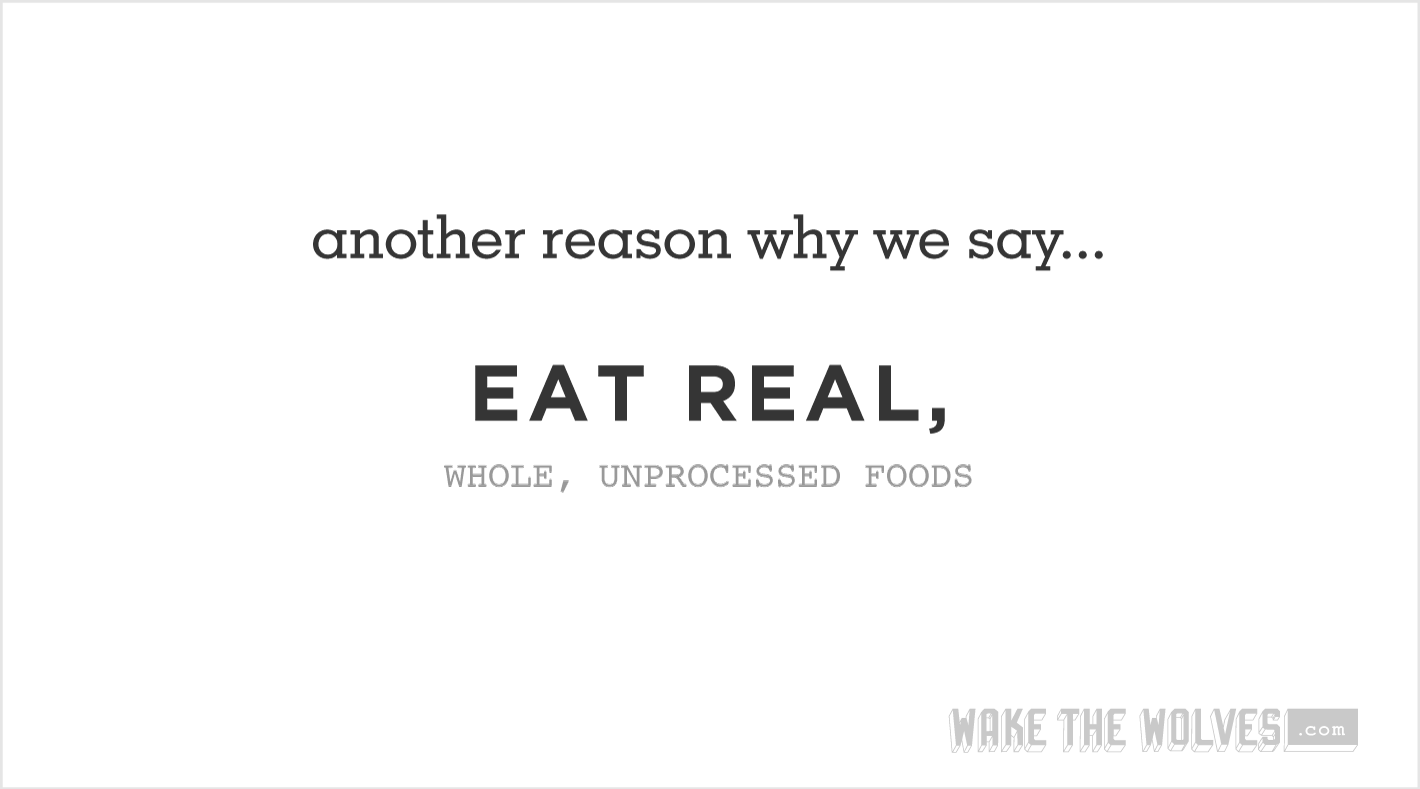
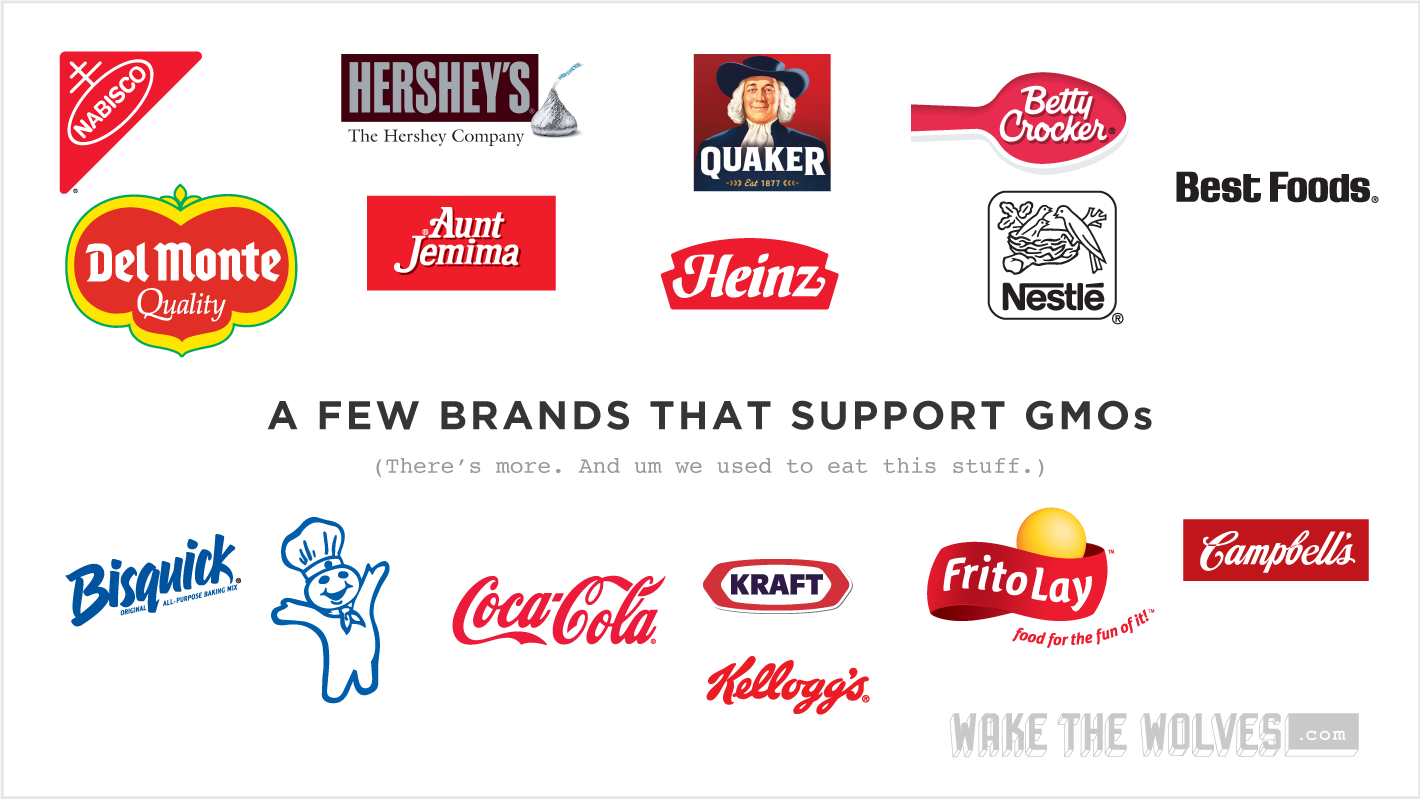
How much GMO’s are we actually consuming?
According to the Non-GMO Project, “in the U.S., GMOs are in as much as 80% of conventional processed food.” That’s A LOT! All the more reason to eat whole, real foods. You can easily avoid many GMOs by shopping the perimeter of a grocery store and following the tips listed below. Many packaged foods contain SO MANY ingredients that it’s hard to keep track of what’s GMO and what’s not.
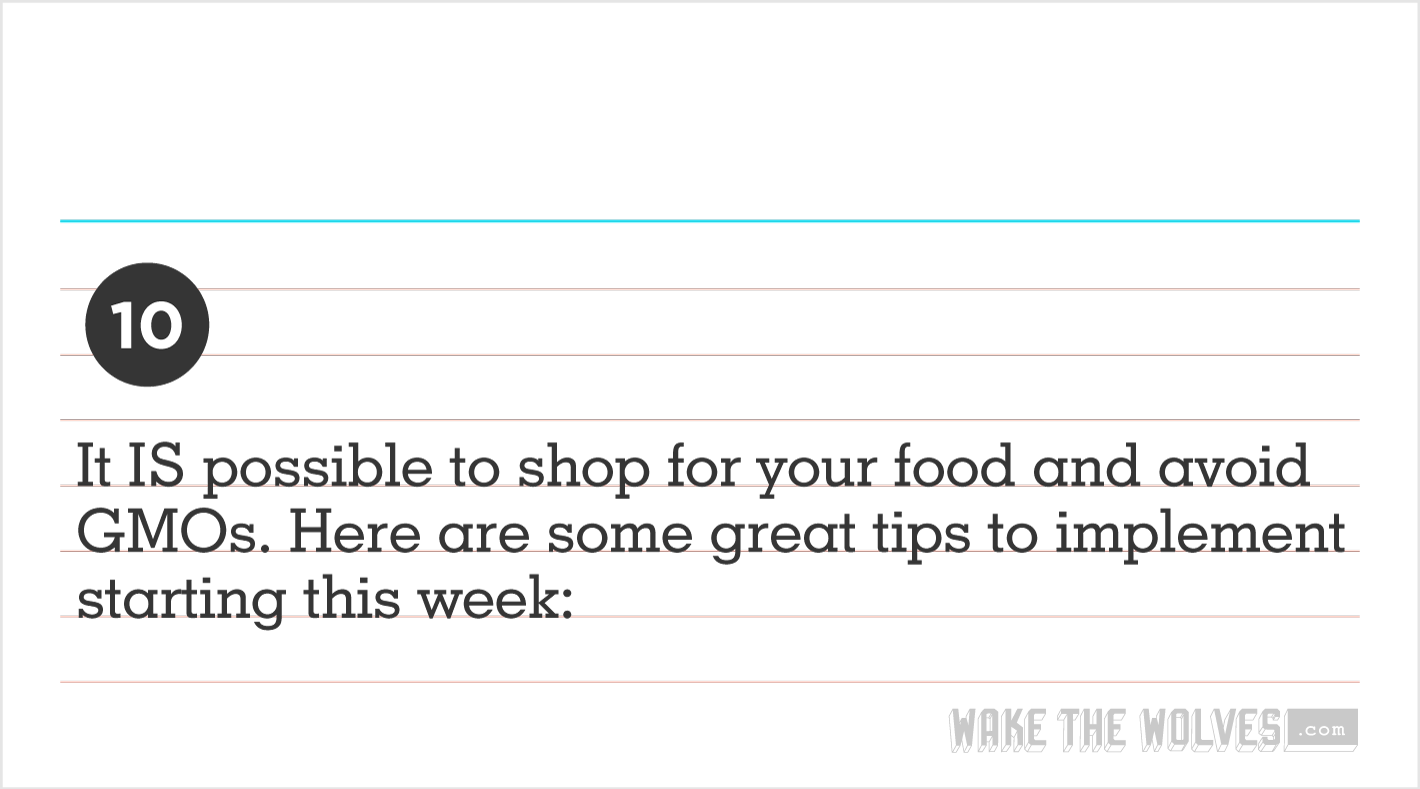
How can I avoid GMO foods or at least shop smarter?
Great question. We’ve got answers. Here are a few tips to help you avoid GMOs:
-
Buy 100% organic whenever possible.
When something is labeled just “organic” it can legally still contain up to “30% genetically modified organisms.”
-
Know your produce numbers.
If it’s marked with a PLU # that starts with a “9” it is organic (9-xxx). If it’s marked with a PLU # that starts with a “4” it’s conventionally produced. If it’s marked with a “8,” it has been genetically modified, HOWEVER know that labeling is not enforced.
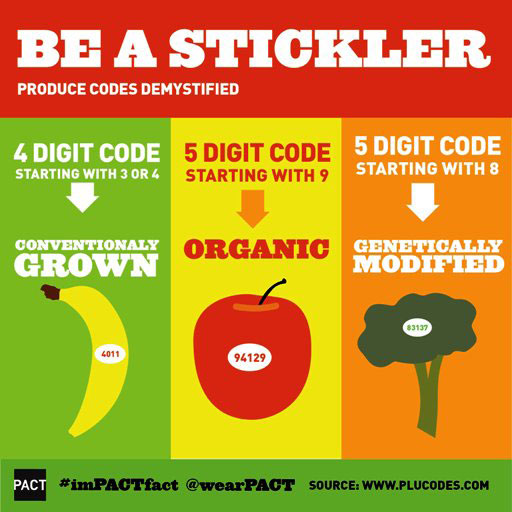
-
Buy 100% grass-fed dairy and meat and 100% organic pigs and poultry whenever possible.
Quality meat is expensive and we know that buying 100% organic and grass-fed may sit lower than other financial responsibilities. Perhaps it’s time to consider following a produce-centric diet? It doesn’t mean you go vegetarian (if that’s not for you). It simply means that the majority of what you eat is veggie/produce-centric, allowing you to keep your grocery bill lower and still purchase quality meat. Trust us, the benefits are endless!
-
Choose “GMO-Free” labeled foods.
If you are purchasing packaged foods, look for the Non-GMO Project sticker. Here’s what the label will look like on the package.
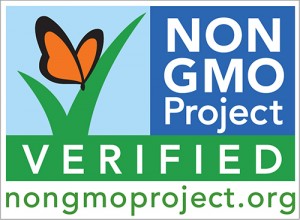
-
Shop local and seasonal whenever possible,
and grow a connection with farmers at farmers markets or your CSA provider so you can ask questions.
-
Make food from scratch.
Yeup that means you’ll sacrifice some time away from Instagram or even the television to spend an extra hour preparing food that you would normally get “processed.” How about mashing avocados or making a bean spread instead of mayonnaise on a sandwich? Or what about making your own granola with organic ingredients instead of Kellog’s cereal. It’s possible folks!
-
Stay informed.
Understanding what GMOs are, spreading the word to your family and friends, and staying up-to-date with the latest laws about GMO food labeling are important. Bookmark the Non-GMO Project website and “like” their Facebook page if that’s easier too.
We don’t often write about political food issues on our site – mostly because we tend to focus on the beauty of healthy eating. But today is different.
My family is from Hawaii. Every time we visit, we drive through fields to get from one side of the island to the other. These fields are Monsanto GMO fields. The land (our ‘aina) is tainted. Some of my family even work in these fields – not by choice, but because jobs are few and in between.
Buying 100% organic food is not always affordable and accessible to our world’s diverse people. Equal access to health continues to be an issue that is ignored. Racism is alive and thriving.
Wherever you are in life, I hope this post inspires you to take a moment and learn more about your food, and quite possibly share that experience with others.
It’s a Lifestyle
Our goal here at Wake the Wolves™, is NOT to shame folks for their food choices, but rather share and celebrate all the foods that will support a healthy mind and body. Sometimes, we have to break it down…and sprinkle some knowledge on your plate.
If you are ready to CLEAN UP YOUR FOOD, and make this a lifestyle, grab a copy of our interactive Kale. All Day Err Day. digi-book (one of many to a series that we’re rolling out) to kickoff your journey with some GREENS!
Resources:
http://www.redding.com/news/2013/may/29/what-is-all-the-fuss-about-monsanto-and-saying-no-/
http://billmoyers.com/segment/vandana-shiva-on-the-problem-with-genetically-modified-seeds/
http://www.youtube.com/watch?v=M_ztZGbLEJ0
http://www.youtube.com/watch?v=jAP6ZtfP9ZQ
http://www.wikihow.com/Avoid-Genetically-Modified-Foods
http://en.wikipedia.org/wiki/Monsanto
http://www.pbs.org/wnet/dna/pop_genetic_gallery/
http://modernfarmer.com/2014/03/monsantos-good-bad-pr-problem/
Kale. All Day. Err Day.
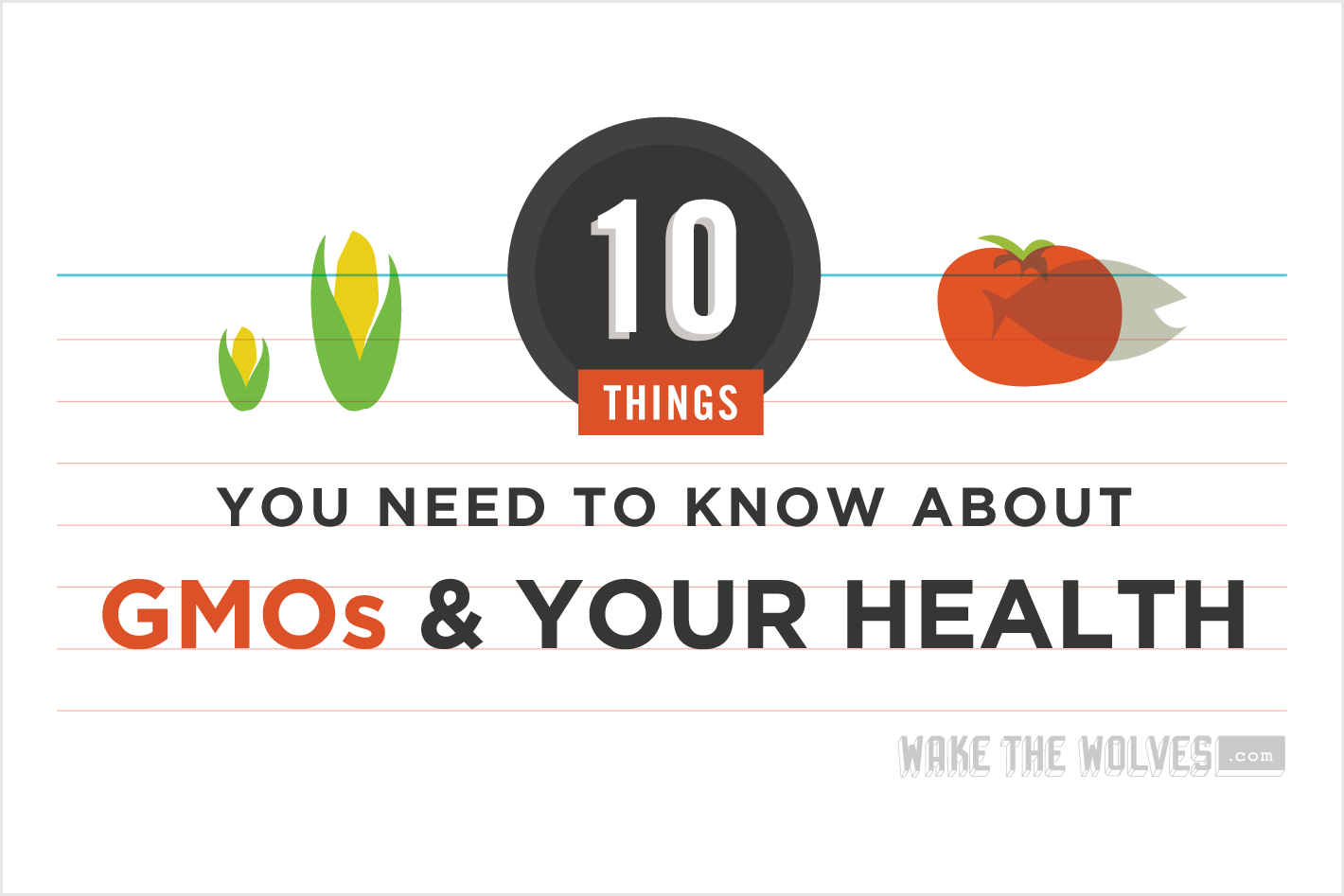
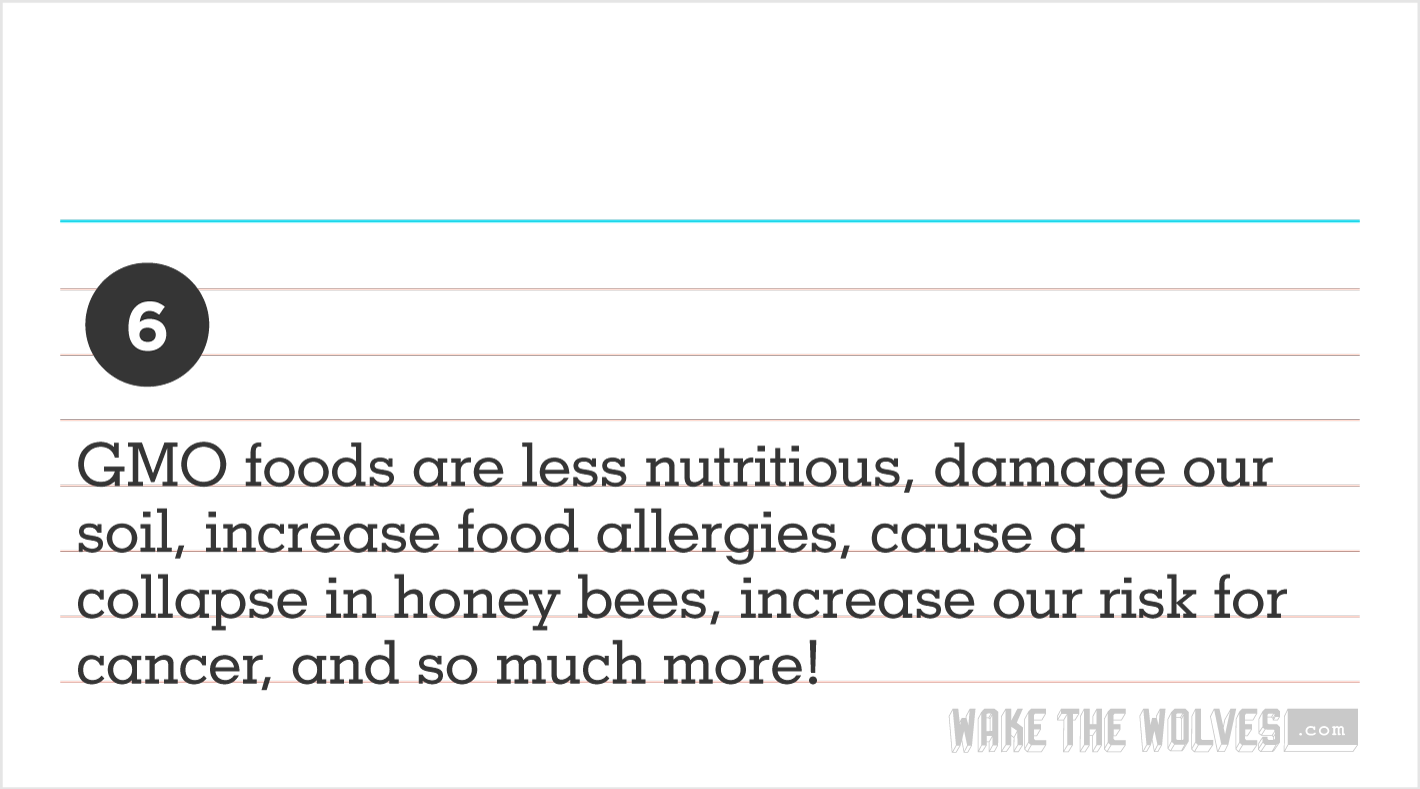
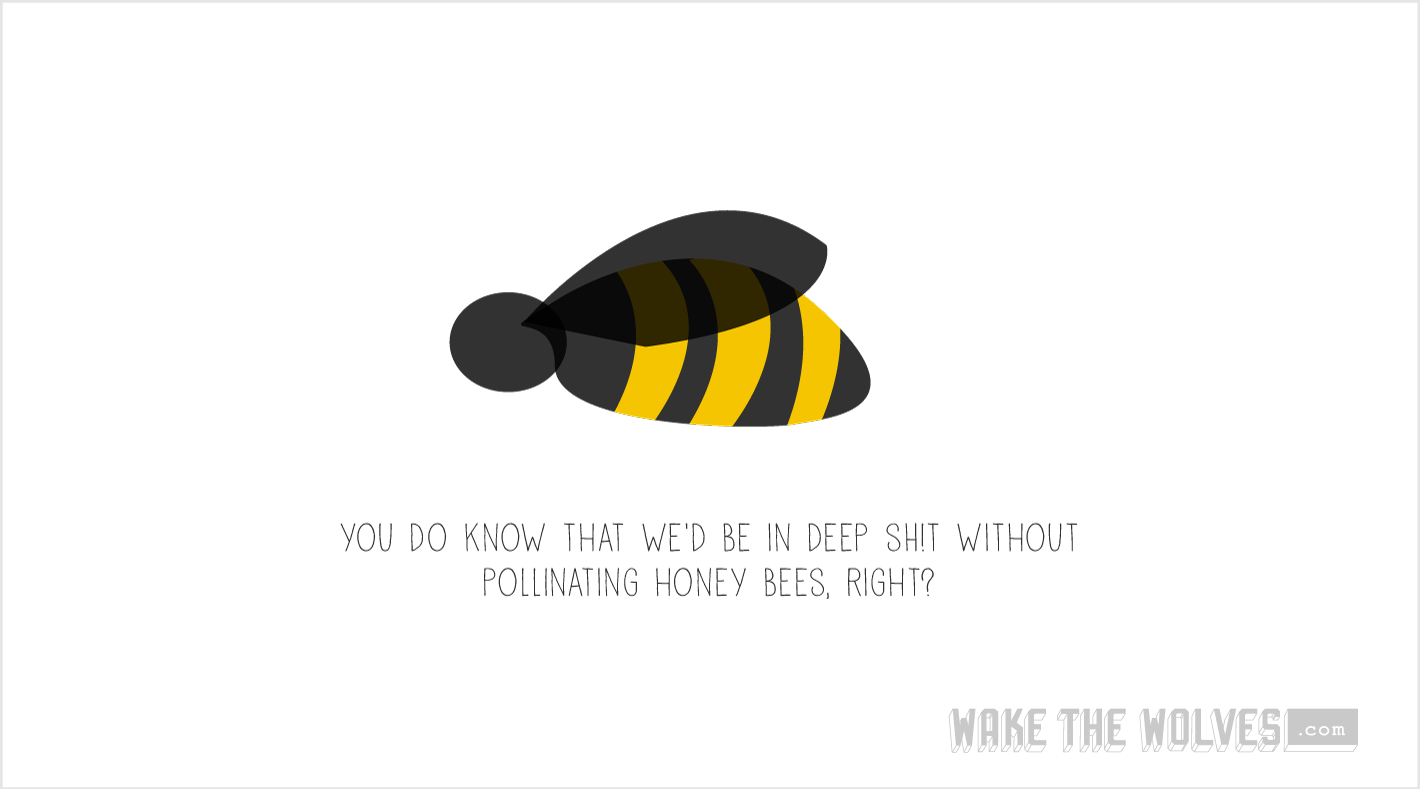
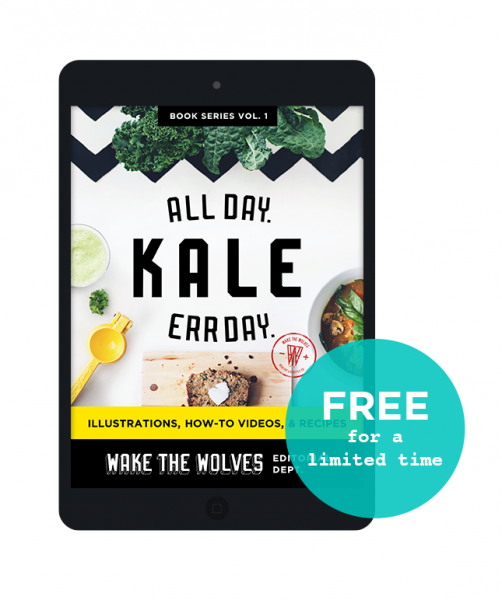
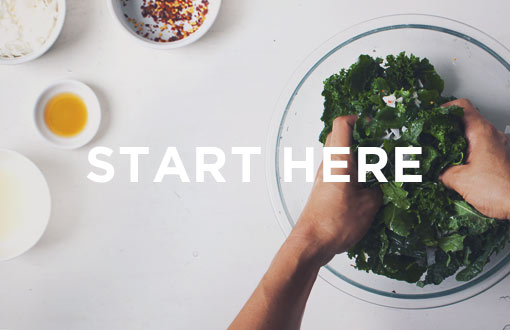

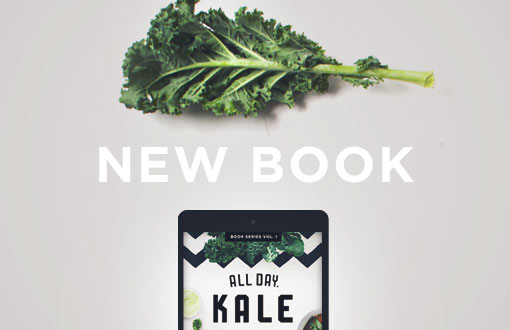




Hi! Love your website and message! While I personally ascribe to a whole food (organic as much as I can) plant-based diet (I was vegetarian for 12 years but now I love fish!), it’s personally a little frustrating to see misinformation spread about the science behind genetic engineering. Overuse of antibiotics and pesticides are a huge problem with modern agriculture and I believe that all GMO products should be labeled . Consumers should have the right to avoid GMO products. However I found a couple problems in your Q&A.
-Scientists don’t inject foreign DNA into the plants. They recombine their genetic makeup. Semantics maybe, and “freaky” perhaps, but genetic modification also brought us life-saving vaccines (The Hep-B vaccine which is made by recombining viral genes into yeast!), GM bacteria that produce interferon, GM bacteria that produce anti-clotting agents to treat haemophilia and human insulin where they previously mass produced it in pigs ( 🙁 poor pigs!) I know there’s still controversy over vaccines, but I personally would rather do without polio or smallpox!
-GMOs don’t damage our soil. Pesticides do. A gene is still a gene, comprised of the same nucleic acids whether it came from a fish, a human, a tomato or a grizzly bear. And when we eat any genes/DNA (by ingesting anything that has cells which contain DNA), our stomachs digest it and destroy it. So that fish gene is still just a fish gene whether I ate a tomato engineered to contain a fish gene, or if I just ate a piece of fish. Which contains fish genes.
-There’s been no definitive link to increased rates of allergies or cancer from eating GMOs. I’ve searched (and was pretty biased towards GMOs being unhealthy, honestly). But so far, no cigar. No peer-reviewed literature, no sources, only speculation. There’s no reason not to be cautious and avoid GMOs anyways, but it’s not true when you say as a fact that they cause increased allergies or incidences of cancer. In fact, GM food is basically banned in Europe save for three countries (Spain, Portugal and Czech Republic), and makes up less than 1% of the EU’s corn cultivation, whereas it makes up 88% of the US’s corn as of 2011. Yet the US is below France, Denmark, New Zealand, Belgium, Ireland and Australia in terms of cancer incidences, even though none of those countries allow GMOs!
-GMOs haven’t been shown to be less nutritious. Combining a tomato plant with a gene from a fish that produces a protein (all genes produce proteins) doesn’t mean that plant with therefore have fewer antioxidants, vitamins, fiber, etc. It just means that it now produces a protein that confers resistance to cold temperatures. Traditionally plants were irradiated (yes, radiation!) to induce mutations so that farmers/food scientists could select the ones that were more “fit”, bigger, juicier, etc. Fruit today is bigger, brighter and even more “aesthetic” than their wild ancestors because people altered them to be that way. Take a look at photos of what bananas used to look like! Wild bananas were small and had huge black seeds! Anyways, I’m not sure radiation is much preferable to GM.
-GMOs aren’t unsuccessful. Unfortunately…! Monsanto’s atrocious business practices are well documented. But they’re a business, and they’re in the business of making money. They’re making a lot of money because it works. The technology does work to make bigger and more “fit” plants, which is why many farmers initially switched to GM seeds in the first place. If they didn’t work, there’d be no demand and the company would not be profitable.
Anyways, this was really long and I do want to say in closing that I actually agree with your message. I think GMO’s should be labeled. I buy organic whenever I can, and Monsanto is an awful corporation that is certainly contributing to the degradation of our land/soil by way or harmful pesticides (which by the way, even when washed off of fruits and veggies, they’re still absorbed into the plant cells, so they can’t be totally removed! Ew!) But I think that to really face a problem and find a solution, the best policy is to be informed and to search for the truth even if it doesn’t agree with that you believe. If the organic movement wants to be successful, they need to get their facts straight! It harms their image and credibility otherwise.
Thanks for reading! And thanks for spreading the whole food message!
Thank YOU Veggiegirl for taking the time to share your thoughts. It’s stuff like this that really makes blogging fun and exciting! There is just SO MUCH to talk about and spread to other folks. Keep on keepin on!
I agree about the whole agro-business changing foods to be more profitable (see tomatoes that are grown to be redder, but are losing flavor as an example), but don’t you think you are simplifying the issue a bit? There was a GMO project for papaya in Hawaii, which were getting a virus called the ringspot virus, and were injected with DNA to create a resistance to this virus. There were literally no conventional methods that would save the papaya from the virus. I think you make a good point about some aspects, but why not present the entire story? The issue is obviously a complex one.
Hi Alex!
Thanks so much for the thoughtful response. I simplified it. WAY simplified it. And could go even further. For this blog post, it was all about explaining the basics of GMO’s. I’m obviously against it, for more reasons than listed above.
I’m following a few resources right now and I’ll definitely consider digging in deeper, presenting more sides of the story, sharing more facts.
Thanks for the push, the thought, and your time. I dig it!!!
-Steph